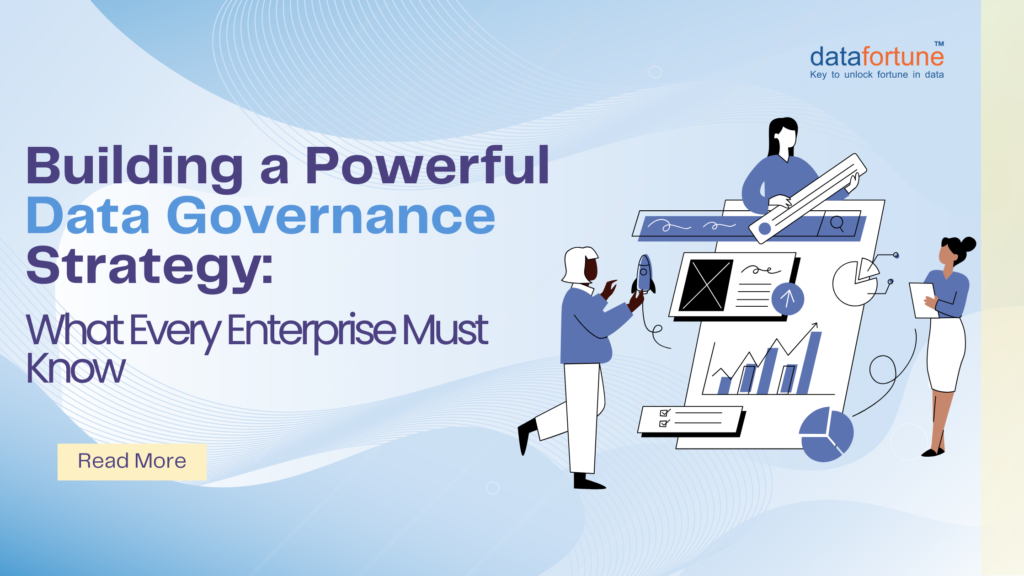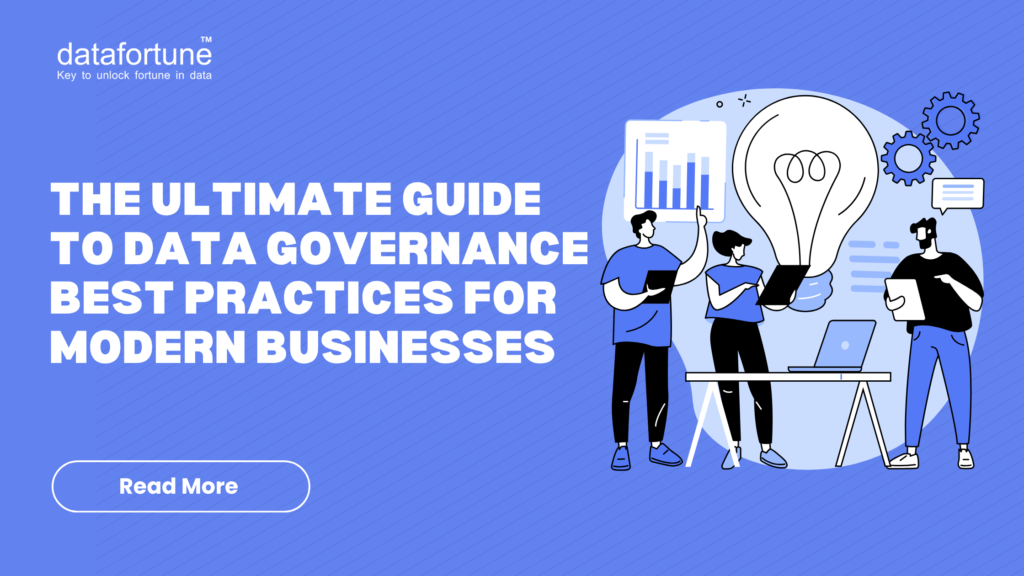Let’s go back to January 2008. Three young entrepreneurs can’t even afford a hotel room during a San Francisco design conference. What do they do? Well, they ignited creativity and rented out air mattresses in their apartment to fellow attendees. They made a basic website and named it “Airbed & Breakfast” and made $1000 in just a single week.
The air mattress experiment is now Airbnb, worth over $75 billion today. This is not just another fairytale, but proof that starting small with an MVP (Minimal Viable Product) can actually change the world. With 90% of startups crashing and burning, mostly because they build stuff nobody wants, having an MVP strategy is crucial.
Let’s see how exactly you can turn your idea into your next big breakthrough.
What is MVP Development?
An MVP is the simplest version of your software product that delivers core value to early users while offering maximum learning about customers with minimal effort. Your product is alive enough to prove it can survive, lean enough to pivot when required.
But here’s what MVP development really means in 2025. It’s not about building incomplete or cost-effective products. It’s about strategic validation. The concept defines that an MVP isn’t just a minimal product, but the quickest way to start learning how to build a sustainable business.
MVP development focuses on 3 main principles:
- Hypothesis validation– Testing your assumptions before full investment.
- Customer feedback loops– Learning from real users, not assumptions.
- Resource optimization– Maximizing insights while minimizing waste.
The basic difference between traditional product development and MVP development is profound. Traditional approaches spend months building features based on internal feedback. On the other hand, MVP development builds, measures, and learns in rapid cycles based on real market feedback.
Why are MVPs Non-Negotiable in 2025?
In 2024, 966 startups failed compared to 769 in 2023. Whereas 2025 is estimated to be another year for startup failures. Still, there’s a hope!
Market Reality Check: With $115 billion in global venture funding deployed in Q1 2025, and 53% going to AI startups, competition is more aggressive than ever. The failure rate of AI startups is projected at 90%. MVP helps you avoid building solutions without defensible value.
Speed-to-Market Pressure: AI coding assistants are boosting developer productivity by up to 55%, making thoughtful MVP development more critical.
Investor Expectations: Venture capitalists need proof of concept, user feedback, and potential market fit before investing.
Resource Optimization: With tighter budgets, startups can’t afford to build the wrong products. MVPs can reduce wasted effort while maximizing learning opportunities.
As you explore ways to validate ideas quickly and efficiently, it’s worth noting how principles of sustainable software development complement MVP strategies by ensuring your solutions remain both adaptable and environmentally responsible throughout their lifecycle.
Different Types of MVPs
All MVPs are different. Currently, founders choose their MVP based on their validation goals. Let’s learn about the top 6 types of MVPs.
Landing Page MVP
Ideal for demand validation and audience building.
Timeline– 1-3 days
Ex: – Dropbox used a simple video demonstration that generated 75,000 signups within a day, showcasing demand before building the product.
Concierge MVP
Best for service-based businesses and complex workflows.
Timeline- 1-2 weeks.
Ex: – Zappos founder took photos of shoes from local stores, listed them online, and manually fulfilled orders when they came in. This proved that people would buy shoes online before building inventory systems.
Wizard of Oz MVP
Best-suited for testing automated processes manually
Timeline-2-4 weeks
Ex: – Buffer started as a simple landing page where the founder manually scheduled social media posts to test if users wanted automated scheduling.
Prototype MVP
Ideal for complex technical products
Timeline- 4-8 weeks
Ex: – Uber’s first MVP was a simple app connecting riders with drivers in San Francisco. With just a few blocks of coverage to test the core ride-hailing concept.
Single-Focus MVP
Usually focused on problem-solving
Timeline– 2-6 weeks
Ex: – Instagram started as Burbn, a complex app with many features. The founders stripped it down to just photo-sharing with filters, gaining 25,000 users within 24 hours of launch.
Piecemeal MVP
Best for integration-heavy solutions
Timeline- 1-4 weeks
Ex: – Groupon began as a WordPress blog posting daily deals, with the team manually sending coupons to customers.
Step-by-Step MVP Development Framework
MVP development in 2025 needs a proper, structured approach that considers speed with strategic thinking.
Here’s the proven framework we at Datafortune follow for successful MVP development.
Phase 1: Problem Definition
Define the core issue you will be solving with the help of user research and validation. Use structured frameworks to map out your assumptions across key areas including customer segments, problem identification, and solution approach.
Identify your target users and early adopters who feel the problem so deeply they’re willing to try an unfinished product. Create detailed user personas based on real research, not just predictions.
Phase 2: Market Research & Validation
Conduct thorough market research to confirm real demand. Since 42% of startups fail due to lack of market need, this step prevents that fate. Analyze existing solutions, talk directly with potential users, and study market size and pricing.
Phase 3: Feature Prioritization
Map out the entire user journey from entry to task completion. Focus on must have features that directly solve your users’ main problem. Create wireframes for each screen or user interaction using design tools.
Phase 4: MVP Development
Choose the right tech stack based on speed and scalability. Build in sprints following agile methodology with clear milestones and regular testing.
Phase 5: Launch & Learn
Launch to a small, targeted audience first. Measure user engagement, retention rates, and qualitative feedback. The real work starts after launch.
Real-World MVP Success Patterns
Analyzing successful MVPs reveals common patterns that modern startups can replicate.
Pattern 1: Start Impossibly Small
The most successful products began with an incredibly narrow focus, serving just a few users or solving a specific problem. This approach allows for deeper validation and quicker iteration while building a solid foundation.
Pattern 2: Manual Before Automated
Smart founders validate demand manually before investing in complex automated systems. They probably manage operations, customer service, and fulfillment to understand user needs deeply before scaling.
Pattern 3: Single Core Feature
Successful MVPs solve one problem exceptionally well instead of offering multiple mediocre features. This focused approach creates clear value propositions and easier user adoption.
Pattern 4: Community First Approach
Building community early creates preachers who drive organic growth. Engaging with users directly and fostering relationships leads to valuable feedback and word-of-mouth marketing.
Pattern 5: Continuous Learning and Pivoting
Successful MVPs are based on iteration and user feedback. Many breakthrough products started as completely different ideas before pivoting to their winning formula.
Why Partnering with Experts for MVP Development Accelerates Success?
While no-code tools have reduced the barriers to entry, the complexity of building successful MVPs has actually increased. Here’s why expert partnerships matter more than ever.
Technical Expertise and Best Practices
Experienced MVP development teams understand which technologies scale and which might create technical debt. They’ve seen common pitfalls and know exactly how to avoid them. Companies that work with experienced developers are 40% more likely to achieve product-market fit.
Strategic Guidance
Partnering with an expert gives you access to strategic guidance beyond just development. They can assist you with feature prioritization, user research methodologies, and go-to-market strategies. This holistic approach increases success rates significantly.
Speed and Efficiency
Professional development teams can build MVPs 2 to 3 times faster than internal teams learning as they go. This speed advantage is crucial in competitive markets where first mover advantage is crucial in competitive markets where first mover advantage matters.
Risk Mitigation
Experienced partners help avoid costly mistakes like over-engineering, wrong technology choices, or building features nobody wants. The cost of expert guidance is usually far less than the cost of failure.
Scalability Planning
Expert teams build MVPs with future growth in mind, choosing architectures that can scale without complete rebuilds.
Final Thoughts
The journey from an idea to a successful product can be challenging but rewarding. In 2025, with many startups failing and competition intensifying across every industry, the need for MVP development is a necessity.
Startups using MVPs are 35% more likely to secure funding, 50% more likely to achieve product-market fit, and less likely to waste resources building products nobody wants. You can build your dream business by learning from real-world success patterns and partnering with experts like datafortune who can boost your journey. Your users are waiting. Your competitors are building. The exact time to start is now.



